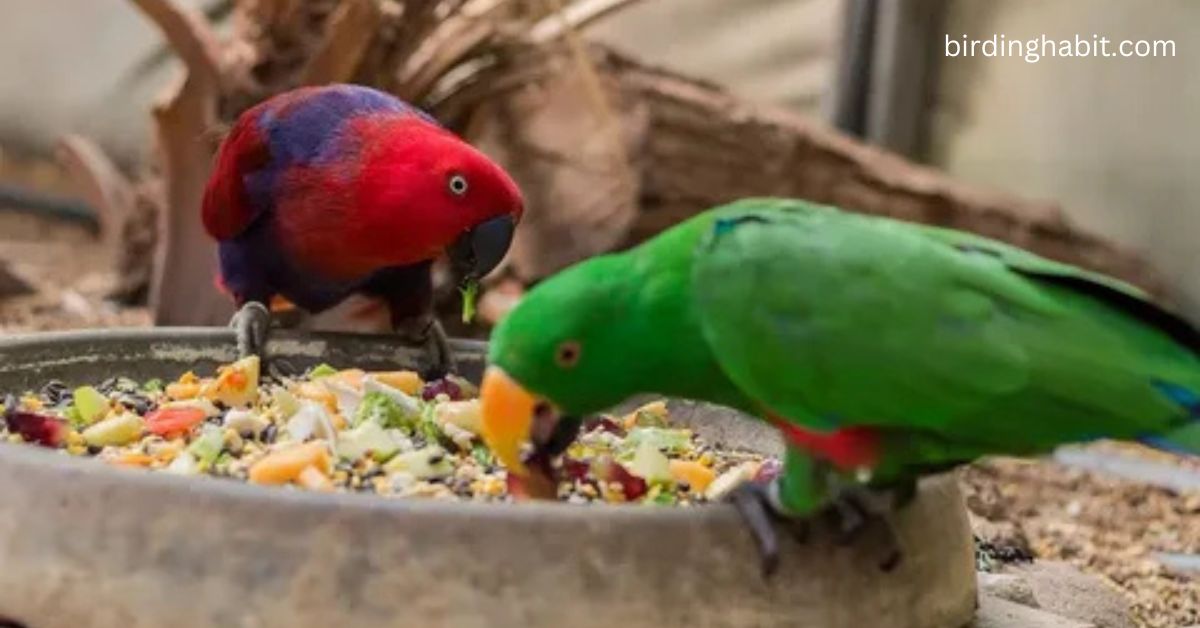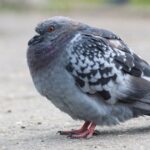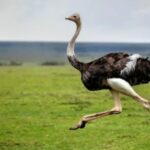Parrots are among the most colorful, intelligent, and fascinating birds on the planet. Known for their vibrant feathers, exceptional vocal abilities, and social behavior, parrots have captured the hearts of bird enthusiasts and pet owners alike.
These striking creatures belong to the family Psittacidae, and with over 390 species, they are found across tropical and subtropical regions of the world.
But what exactly makes a parrot a parrot? In this article, we’ll explore the unique features of parrots, their habitats, their remarkable intelligence, and much more.
Introduction to Parrots
Parrots are birds that belong to the order Psittaciformes, which is further divided into three families: Psittacidae (true parrots), Cacatuidae (cockatoos), and Strigopidae (New Zealand parrots).
The diversity among parrot species is staggering—parrots come in all shapes, sizes, and colors. Some, like the large and majestic Macaws, are known for their bright, eye-catching hues, while others, such as the Grey Parrot, sport more subdued but equally captivating shades of grey.
What sets parrots apart from other birds is their high intelligence, complex social structure, and ability to mimic sounds, including human speech.
These traits have made them popular pets, but they also highlight the importance of understanding their needs in captivity and protecting their wild counterparts, many of which are endangered due to habitat loss and illegal trade.
The Physical Characteristics of Parrots
Parrots are instantly recognizable due to several key physical features:
- Curved Beaks: Parrots have strong, hooked beaks, perfect for cracking nuts, seeds, and even the tough exteriors of fruits and berries. Their beaks are also versatile tools for climbing, preening, and manipulating objects.
- Zygodactyl Feet: Parrots have two toes pointing forward and two pointing backward. This foot structure, known as zygodactyl, is ideal for grasping branches and other objects, and makes them excellent climbers.
- Bright Plumage: Parrots are famous for their vibrant and often multi-colored feathers. These can range from bold reds, blues, and greens to more subtle tones of grey and white, depending on the species. Feather patterns and colors can help distinguish one species from another.
- Size and Shape: Parrot species vary greatly in size. Some, like the tiny Budgerigar (budgie), are only about 7 inches long, while others, like the Hyacinth Macaw, can reach lengths of up to 40 inches with an impressive wingspan.
Intelligence and Communication
Parrots are among the most intelligent of all birds, capable of problem-solving, tool use, and demonstrating an impressive ability to mimic sounds.
Some species, especially the African Grey Parrot, are known for their ability to not only repeat human speech but also to understand the meaning behind the words they mimic. This ability to learn and use language in context is a hallmark of their cognitive abilities.
In the wild, parrots communicate through a variety of calls and vocalizations to warn others of predators, maintain flock cohesion, and signal other intentions.
These sounds can range from loud squawks to melodic whistles, and many parrots develop a range of sounds based on their social interactions.
As pets, parrots often mimic household sounds, like ringing phones, doorbells, or even the voices of their human companions.
Diet and Habitat of Parrots
Parrots are primarily herbivores, with a diet consisting mainly of seeds, fruits, nuts, and flowers. Some species are also known to consume small insects or even clay from riverbanks to help detoxify their systems.
The food they eat plays a crucial role in maintaining their vibrant colors and overall health.
In terms of habitat, parrots are predominantly found in tropical and subtropical regions of the world, from the rainforests of South America to the savannas of Africa and the islands of Oceania.
They thrive in environments where they can forage for food, roost in tree hollows, and live in large, social flocks. For instance, the Amazon parrots are commonly found in the dense rainforests of Central and South America, while the Kakapo, a flightless parrot, lives in the forests of New Zealand.
Parrots as Pets
Due to their lively personalities and ability to mimic speech, parrots have become popular pets worldwide. However, owning a parrot requires a significant commitment.
These birds are highly intelligent and social, meaning they need constant mental stimulation and interaction to remain happy and healthy.
Without proper attention, parrots can become bored, stressed, and develop behavioral problems, such as feather plucking or excessive screaming.
Parrots also have a long lifespan, with many species living for decades—some, like the African Grey Parrot, can live up to 60 years.
As such, owning a parrot is a long-term commitment, and potential pet owners should be prepared for the responsibility.
Parrot Conservation
Many parrot species are threatened or endangered due to habitat loss, the illegal pet trade, and environmental changes. Deforestation, in particular, has had a significant impact on wild parrot populations, especially those living in tropical rainforests.
Conservation organizations are working to protect parrot habitats, enforce anti-poaching laws, and raise awareness about the importance of preserving these remarkable creatures.
Some species, such as the SiPix’s Macaw, which was once thought to be extinct in the wild, have seen successful breeding and reintroduction programs
. However, there is still much work to be done to ensure the survival of parrot species in the wild.
Frequently Asked Questions (FAQs)
1. How long do parrots live?
The lifespan of a parrot depends on the species. Smaller parrots, like budgies, typically live between 5 and 10 years, while larger species, such as macaws and African Grey Parrots, can live 50 years or more, with some individuals reaching 60-80 years in captivity.
2. Can parrots talk?
Yes, many parrot species are excellent mimics and can imitate human speech, animal sounds, and environmental noises. African Grey Parrots, in particular, are known for their advanced ability to use words in context and to communicate with their owners.
3. What do parrots eat?
Parrots are primarily herbivores and eat a diet consisting of fruits, seeds, nuts, and flowers. Some species may also eat small insects or clay to aid digestion. A balanced diet is essential for a parrot’s health and vibrant plumage.

4. Are parrots good pets?
Parrots can make wonderful pets, but they require a lot of attention, social interaction, and mental stimulation. They are intelligent, social animals, and without sufficient engagement, they can become bored or develop behavioral issues. Additionally, parrots have a long lifespan and need a commitment from their owners.
5. Why are parrots endangered?
Many parrot species are endangered due to habitat destruction, illegal trapping for the pet trade, and climate change. Conservation efforts are underway to protect wild populations through habitat preservation, breeding programs, and laws to combat illegal trade.
6. Do parrots need a lot of space?
Yes, parrots require ample space to exercise, fly, and interact with their environment. While they may be small in size, parrots need large cages and regular opportunities for out-of-cage time in a safe area to remain healthy and happy.
Conclusion
Parrots are extraordinary birds that combine intelligence, beauty, and a captivating social nature. Whether in the wild or as pets, they continue to fascinate and enchant people all over the world.
As we learn more about these incredible creatures, it is crucial to understand their needs—both in captivity and in the wild—and work together to protect them for generations to come.


